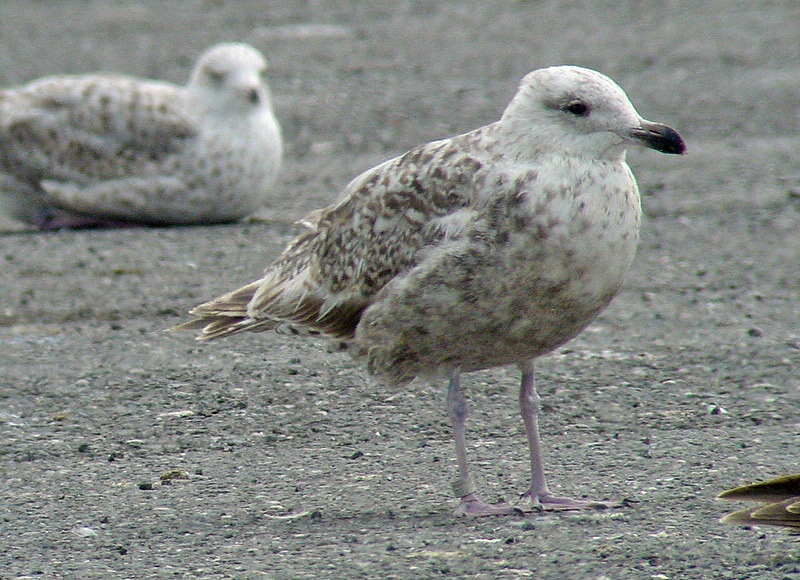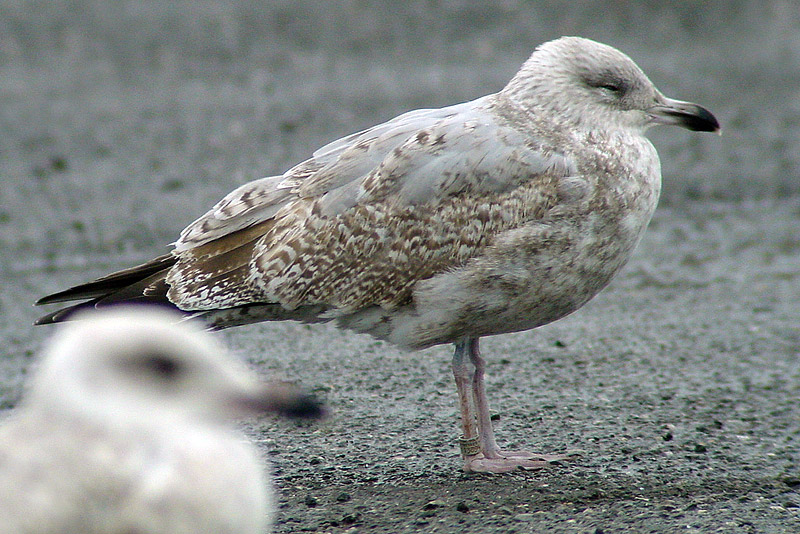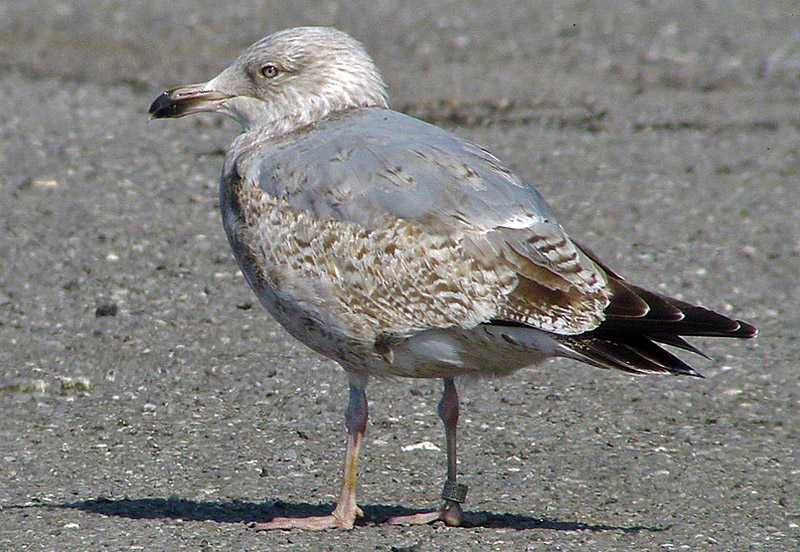 Herring Gull- Zilvermeeuw (argentatus & argenteus)
Herring Gull- Zilvermeeuw (argentatus & argenteus)
(last update:
Herring Gull plumages:
hg 1cy July
hg 1cy August
hg 1cy September
hg 1cy October
hg 1cy November
hg 1cy December
hg 2cy January
hg 2cy February
hg 2cy March
hg 2cy April
hg 2cy May
hg 2cy June
hg 2cy July
hg 2cy August
hg 2cy September
hg 2cy October
hg 2cy November
hg 2cy December
hg 3cy January
hg 3cy February
hg 3cy March
hg 3cy April
hg 3cy May
hg 3cy June
hg 3cy July
hg 3cy August
hg 3cy September
hg 3cy October
hg 3cy November
hg 3cy December
hg sub-ad January
hg sub-ad February
hg sub-ad March
hg sub-ad April
hg sub-ad May
hg sub-ad June
hg sub-ad July
hg sub-ad August
hg sub-ad September
hg sub-ad October
hg sub-ad November
hg sub-ad December
hg ad January
hg ad February
hg ad March
hg ad April
hg ad May
hg ad June
hg ad July
hg ad August
hg ad September
hg ad October
hg ad November
hg ad December
|
(11 images) Herring Gull H - 113894 (argenteus), July 2002 - March 2003, Boulogne/Mer, France (50.43N-01.37E). A 2cy argenteus, ringed in Belgium, ring number Bruxelles H - 113894. Ringed as pullus on July 13 2001 at Zeebrugge, Belgium (51.20N 03.11E). From late April onwards, argenteus has a complete moult during summer to so-called "second winter" plumage. This complete moult will be finished by October. The head appears white from May to July, will be moulted by July-August and will show neat fine streaking by October. The under-parts and rump turns pale, mottled with brown. From mid-April, the scapulars and mantle are replaced by third generation feathers, starting with the replacement of the lower upper scapulars. The pattern of the third generation scapulars is more or less similar to the anchor pattern of the second generation feathers, but they can be recognized by the warm buffish tone and neat white fringe as long as the feathers are fresh. In the second generation scapulars, the fringes are often worn away (especially in the upper scapulars). In argenteus, some new scapulars may appear adult-like pale grey, but most new feathers will show an anchor pattern and this still applies on the new feathers in September. From early April, the inner primaries are shed
and new second generation primaries grown in. The last juvenile primary (P10)
will be shed by the first week of August. The majority of argenteus complete the primary moult by the first week of October, with a new second generation P10 fully grown. The new primaries are dark with a tiny pale tip on the fresh flight-feathers. Again, the four inner primaries show an extensive pale window, as both inner and outer-web are pale greyish white-brown, contrasting with the outer-wing. A pale inner-web can still be found in P7. The primary moult score of H-113894 at July 10: P6 is missing and P7 is still juvenile in the left wing and P6 still present in the right wing. H-113894 was also present on April 19 2002 and by then, all wing-coverts were old juvenile. One upper lower scapular was replaced by a third generation feather and two upper scapulars were missing. The primary moult score by April 19: only P1 was missing. 3 images below: H - 113894 2cy, July 10 & 11 2002, Boulogne/Mer, France (50.43N-01.37E).
3 images above: H - 113894 2cy, July 10 & 11 2002, Boulogne/Mer, France (50.43N-01.37E). 3 images below: H - 113894 2cy, October 03 & 04 2002, Boulogne/Mer, France (50.43N-01.37E). By early October, P8 is fully grown and P9-P10 are still growing. All rectrices and secondaries are fully grown second generation feathers. This 2cy argenteus started the partial moult, as the two upper tertials are missing again. They will be replaced for third generation feathers. One lower lesser covert is growing. In the scapulars, a few rear lower upper scapulars are missing.
3 images above: H - 113894 2cy, October 03 & 04 2002, Boulogne/Mer, France (50.43N-01.37E). 1 image below: H - 113894 2cy, October 24 2002, Boulogne/Mer, France (50.43N-01.37E). By the end of October, P9 is fully grown and P10 is still growing. All rectrices and secondaries were already fully grown second generation by early October. The partial autumn moult is well in progress now: the upper tertial is new, tertial #2 is growing, greater covert #4 is growing, median covert #2 is new and the other coverts are old second generation feathers. About 40% of the scapulars are grey now.
2 images below: H-113894 3cy, February 07 2003, Boulogne/Mer, France (50.43N-01.37E). A typical 3cy argenteus
ringed in Belgium:
Bruxelles H-113894.
The
blackish-brown second generation primaries
lack a mirror on P10 and note the pattern of the inner primaries in the
second image below. The second generation tail has a broad dark
tail-band.
2 images below: H-1138943cy, March 17 2003, Boulogne/Mer, France (50.43N-01.37E). 3cy argenteus has
a partial moult in spring. It starts in January and is completed by April,
leaving birds in so-called "second summer" plumage. The head
turns white, especially on throat, breast and belly. By April, the
scapulars and mantle will show many adult-like grey feathers, often
creating a contrasting "grey saddle", as most of the
wing-coverts (especially the lesser coverts) are still barred. The old
second generation wing-coverts start to fade and the fringes wear off.
|










